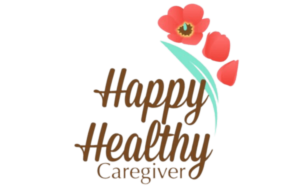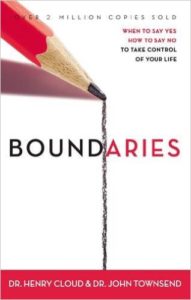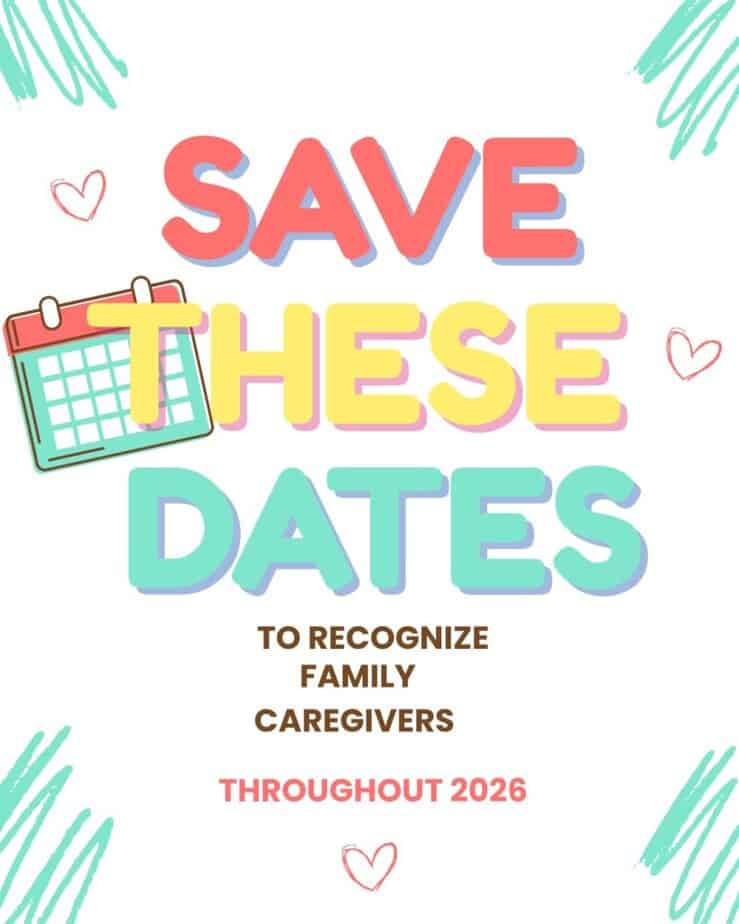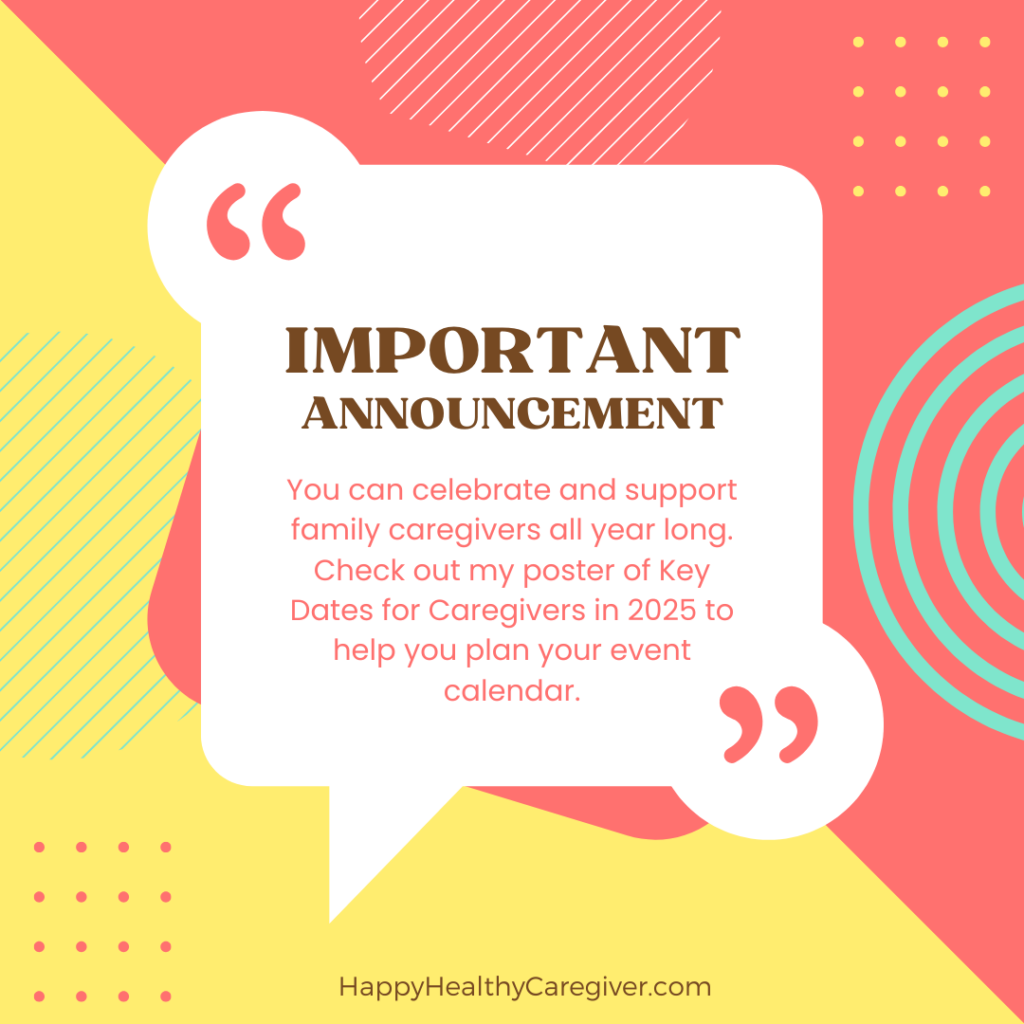I believe many Caregiving conflicts we have with others stem from unspoken expectations. A lack of understanding of personal boundaries.
Think about your last Caregiving related conflict you had with someone. Was this the case? Was something this person expected you to do or say? Or, were you expecting them to do or say something?
Do ever feel like the universe is sending you signs? One particular book kept popping up in a variety of conversations. The book is called “Boundaries”. At one point, the universe (or my co-worker) put the book in my hand and said, ‘You really need to read this.’ I didn’t know he gave it to me until after I read it which was probably a good thing since I read it straight away like I was borrowing it. He insisted afterward that I keep the book or pay it forward.
So I read “Boundaries” because of all the mentions and because I can always improve my relationships with others.
I took some notes while reading this book so I could share the key points in this post.
What are Boundaries?
This book claims that most of our boundary issues with others are rooted in our desire to either do the right thing or avoid conflict. The authors, Henry Cloud and John Townsend, define boundary conflict as ‘any confusion of responsibility or ownership’.
Physical boundaries like neighborhood fences, state lines, painted road lines are easy to see but seeing non-physical boundaries is definitely fuzzy.
The authors state that the reason many of us don’t set boundaries in our lives is because we believe we are being selfish and afraid of being seen as self-centered. “Boundaries” busts this myth by saying ‘appropriate boundaries actually increase our ability to care about others.’
External Boundaries
We know through experience that we cannot change others. I know how frustrating this can be!
We can only make changes in ourselves and hope to influence a behavior change in others. If someone is showing destructive behavior toward us, we essentially have to change ourselves so that this pattern of behavior no longer works. Easier said than done, no doubt.
Remember the TV show ‘Intervention’? That show was the perfect example of how family and friends had to reflect on how they were going to change their behavior to no longer enable and accept the behavior of their loved ones.
Feelings of anger can be a clue that a boundary has been violated. I love this mantra that I received from the book: “Don’t get mad. Set a limit.”
Feelings of Obligation
The section of the book all about obligation made me really think about family Caregivers.
“Boundaries,” says ‘compliant’ people deny their own boundaries to keep the peace. Usually, this is a temporary peace since often resentment creeps up.
One obstacle to setting boundaries that the book expands is around feelings of obligation.
Family Caregivers can feel obligated to provide care to their loved ones. These feelings tend to surface because we received something from those we are caring for and now feel that we owe them something in return. However, the authors state that all that is really required of us is gratitude.
To illustrate how to overcome obligation and guilt, “Boundaries” weaves biblical stories throughout each chapter. For example, to illustrate obligation, “Boundaries” talks about God’s gift of salvation to all of us and how God wasn’t expecting us to reciprocate in the same way but hoped that our gratitude would move us toward loving others.
Feelings of Guilt
I really enjoyed the section in the book about guilt. Guilt is also a common feeling for Family Caregivers. “Boundaries,” says that guilt distorts reality and gets us away from the truth and doing what is right. Often I hear family Caregivers say ‘he/she makes me feel so guilty’ but the feelings of guilt are more about our own problem with being manipulated.
I’ve received guilt messages from my loved ones from time to time that strikes a nerve. Some of these statements I’ve heard before include: “How could you do this to me after all I’ve done for you?” or “If you really loved me you would…”. The author says that if these guilt messages are working, we need to look deeper into ourselves for the reason.
Interesting, huh? What I like about this wisdom is that we really do have some control over the situations that bring on feelings of guilt and obligation.
Statements like the ones above can make us feel guilty about our choices. “Boundaries” recommends we first recognize these statements as ways to try and manipulate and control us but upon deeper reflection, it’s most likely some kind of anger in disguise. Evidently, it can be easier for the person saying these hurtful statements to put the focus on us versus focusing on their feelings and contributions to the issues.
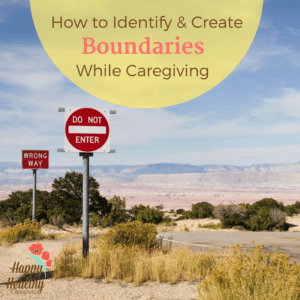
The authors suggest that when these guilt messages occur, don’t jump to explaining or justifying your decisions. Instead, be assertive and offer your interpretation of their message.
Maybe say something like: “It sounds like you are angry I chose x…I’m sorry you feel that way.”
Internal Boundaries
So far, I’ve been sharing what I learned about external boundaries. This book also explores internal boundaries and our own responsibilities. We can control our own bodies through what we eat, say, spend, and do with our time. Again, we are ultimately responsible for ourselves.
Beware! Many of these internal boundary battles can make us turn inward and withdraw from relationships. The struggle is harder when we isolate ourselves.
Take Action
Think about a recent angry situation you had with a loved one. What did that person say or do to trigger your reaction? Was anger the emotion that you first felt? Could it have been a sign that a boundary was violated? If you wouldn’t have explained your decision but rather simply validated their feelings would that have made a difference in the outcome?
For more information on this topic, consider reading the “Boundaries” book.
Reading this book has helped me be more aware of my emotions and how I respond to what is said to me. Owning our feelings and doing a little post-op discovery can help us better understand the root of the problems we are having.
Another tool we can use to help us define boundaries is ‘The Serenity Prayer’. “Boundaries,” nicknames this specific prayer as a ‘boundary prayer’ since the very words are asking God to help clarify our boundaries.
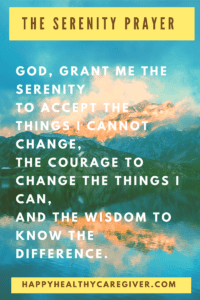
This post contains Amazon Affiliate product links. In exchange for referring you to a specific Amazon product, I receive a commission (at no additional cost to you), thank you.
